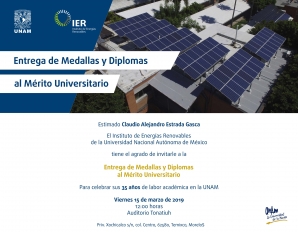Carlos A. Rodríguez-Castañeda, Paola M. Moreno-Romero, Asiel N. Corpus-Mendoza, Guillermo Suárez-Campos, Margarita Miranda-Hernández, Mérida Sotelo-Lerma, Hailin Hu
Abstract
The acid–base chemistry at the interface of zinc oxide (ZnO) and methylammonium lead tri-iodide (perovskite) leads to a proton transfer reaction that results in perovskite degradation. In perovskite solar cells (PSCs), this reaction produces low efficiency and reduces the long-term stability. In this work, an aluminum (Al) layer of 1–2 nm thickness is thermally evaporated on top of ZnO or Al3+-doped ZnO (ZnO:Al) thin films and then annealed at 450 °C for 30 min. Thermal annealing converts the surface aluminum film into a transparent and approximately 2 nm thick aluminum oxide (AlOx) layer. Also, a larger concentration of oxygen vacancies is obtained by the annealing of Al and attributed to the diffusion of Al into the ZnO surface, and the ZnO underlayer results in a more conductive material.
As a result, the chemical stability of perovskite coatings on top of AlOx-coated ZnO films is significantly enhanced, and the flat-band level of ZnO shifts 0.09 eV upwards, which improves the energetic level alignment in PSCs. This allows us to obtain ZnO:Al/AlOx-based planar PSCs that show a maximum efficiency of 16.56% with the perovskite layer prepared in ambient conditions under a relative humidity of 40–50%. After continuous illumination of about 30 min in air, ZnO-based PSCs without AlOx layer retain only 34.5% of their original efficiency, whereas those with AlOx retain about 92.5%. It is demonstrated that thermal evaporation–oxidation is an efficient method to modify the surface properties of inorganic semiconductor thin films and improves both the performance and stability of PSCs.

